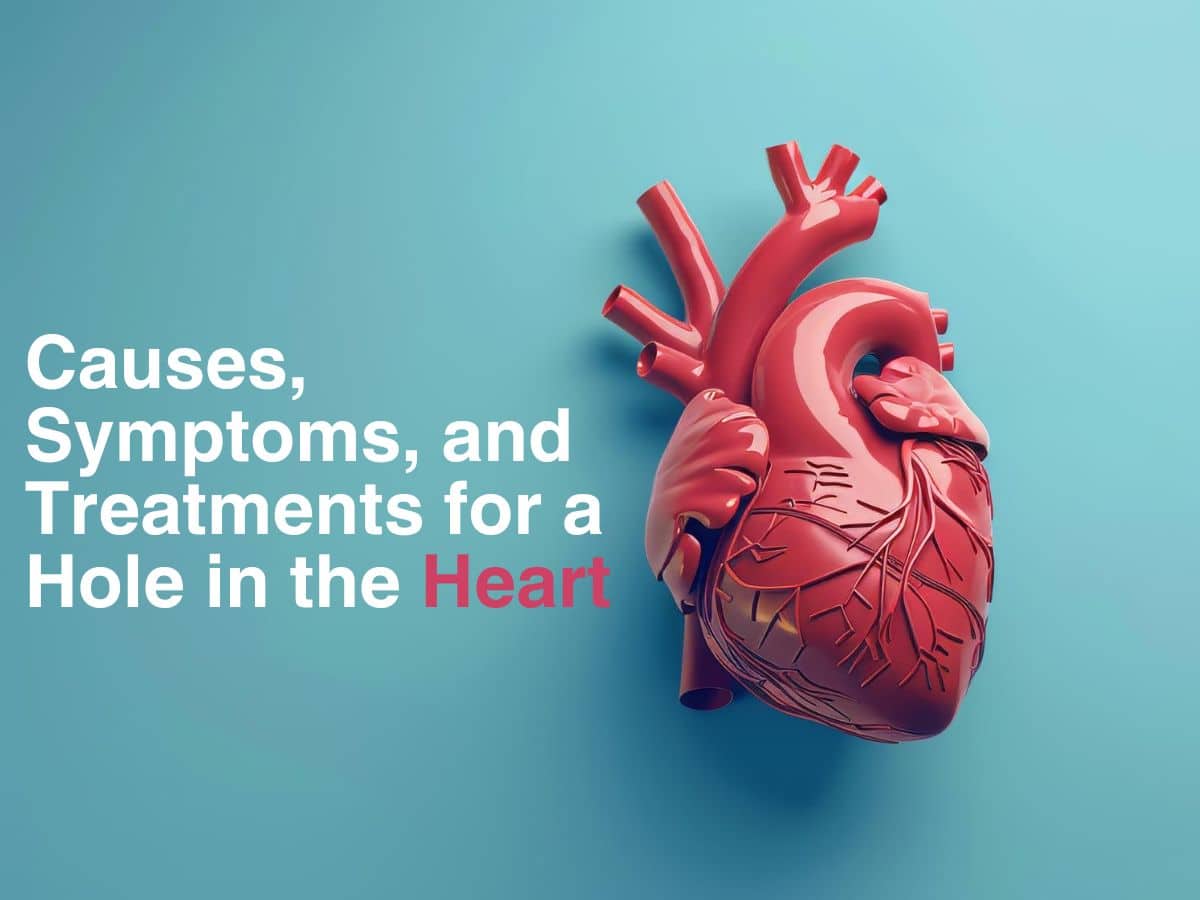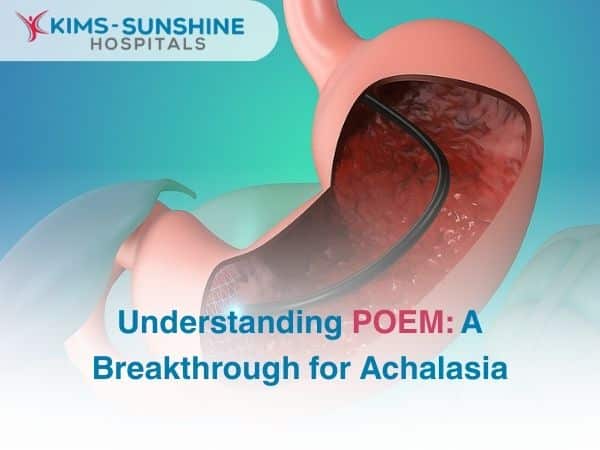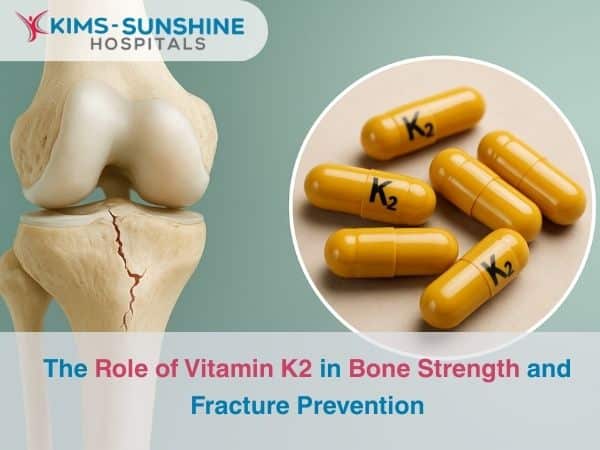
Causes, Symptoms, and Treatments for a Hole in the Heart

The term ‘hole-in-the-heart’ is used in a colloquial sense by all of us, but to the medical community- it is a cardiac defect. There are different kinds of such defects- and they are ‘congenital’ (i.e. present from birth). They are patent foramen ovale (PFO), atrial septal defects and ventricular septal defects respectively. The PFO is present in all babies when they are born, but the hole closes up in a few days after birth. This closure may not happen at times, and then these people have a PFO well into adulthood. The human heart has 4 chambers – 2 upper atria and 2 lower ventricles respectively. The chambers are divided in between, by a wall called the ‘septum’. Blood moves from one chamber to the next using valves which open and shut in a specialized manner. Blood enters the heart via arteries and gets oxygenated in the atria, while it is pumped out to the rest of the body via the ventricles. So, if there is a hole anywhere in this circuit, oxygen-rich blood can mix with deoxygenated blood, leading to breathlessness or cyanosis of the skin and lips. Let us look at atrial and ventricular septal defects in more detail.
Signs and Symptoms of a Hole in the Heart in Infants
The human heart has 4 chambers – 2 upper atria and 2 lower ventricles respectively. The chambers are divided in between, by a wall called the ‘septum’. Blood moves from one chamber to the next using holes controlled by valves which open and shut in a specialized manner. Blood enters the heart via arteries and gets oxygenated in the atria, while it is pumped out to the rest of the body via the ventricles. So, if there is a hole anywhere in this circuit, oxygen-rich blood can mix with deoxygenated blood. A hole in the heart is not noticed right away, but we can watch out for the following symptoms-
How to Use:
- Cyanosis – bluish looking skin and lips
- High blood pressure
- Very rapid breathing
- Failure to thrive
Ventricular Septal Defect- Causes and Symptoms
A ventricular septal defect is seen when there is a hole in the septum dividing the 2 ventricles, and can be of 4 types- perimembranous, muscular, outlet and supracristal and post-infarction (holes that develop after a heart attack) respectively. Symptoms vary in infancy and adulthood.
Atrial septal defect causes and symptoms
This happens when there is a hole in the atrial septum, and is again divided into 4 different types- primum, secondum, sinus venosus and multifenestrated respectively. Genes play a major role in determining the presence or absence of such structural defects. Though, exposure to certain kinds of drugs can increase the possibility of giving birth to babies with cardiac defects.
How to Diagnose a Hole in the Heart?
Imaging techniques are usually used- like a chest ECG (electrocardiogram), CT (computed tomography) scan, MRI (magnetic resonance imaging), or X-rays. Treadmill stress tests may also be conducted for better understanding. Imaging is mandatory immediately after a child is born to check for any congenital defects. The doctors then decide whether the severity warrants the need for surgery or not.
Non-Surgical Treatments for Hole in the Heart
Some physicians prefer to wait as atrial defects tend to close up on their own. Also, infant hearts are tiny, and the circulatory system does not have enough square footage with respect to arteries. Non-surgical options include the use of catheters, but the catch is that NOT all kinds of defects can be treated in this manner. Catheters are a kind of implantable device, which remain in the heart, and become a part of cardiac tissue. Since this is a non-invasive method, recovery is quick and is not fatal for the patient in question.
Conclusion
These days, efforts are being made to understand how keyhole heart surgeries can be done under various conditions, and help patients with such structural defects. Hybrid methods are being suggested- where both the surgeon and cardiologist can work in tandem to complete the procedure, without the need for a long-drawn open-heart surgery which poses multiple risks.
Frequently Asked Questions

Dr. Sandeep Janardhan Alamandha
MBBS, MS (AIIMS), M.Ch (CTVS), AIIMS
Consultant Cardiothoracic Surgeon






